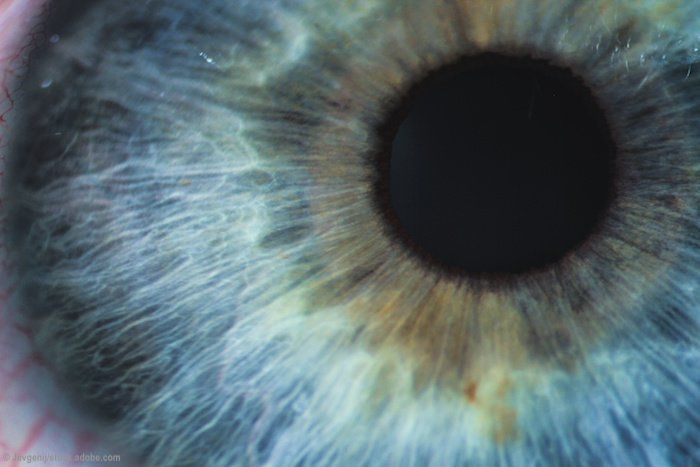Article
Combining MIGS approaches paves way for future glaucoma surgeries
Author(s):
Surgeon sheds light on his experiences with variety of innovative surgery options


Innovative surgical approaches can have solid outcomes, notes Won Kim, MD.
Reviewed by Won Kim, MD
Microinvasive glaucoma surgery (MIGS) is already a game-changing approach, but there are some ways to raise the bar for even more innovation, according to Won Kim, MD, Walter Reed National Military Medical Center, Bethesda, MD.
Dr. Kim started to combine MIGS procedures in 2013 to see if he could maintain safety while also improving efficacy to achieve lower IOP. Here is an overview of some ways Dr. Kim has combined MIGS approaches and the results his patients have achieved.
Trabecular meshwork bypass technique with some form of ECP or micropulse: Dr. Kim has performed this approach on 31 patients. The average baseline IOP was 21.3 mm Hg on 3.3 medications compared with an average postoperative IOP of 11.8 mm Hg and 2.4 medications. Between postoperative month 1 and year 4, the IOPs have ranged between 11.3 mm Hg and 13.6 mm Hg. Four failures occurred.
Ab interno canaloplasty using a lighted microcatheter combined with a trabecular meshwork bypass technique: Dr. Kim has 19 patients who have had this combination, all of whom had severe visual field loss and four of whom had a failed prior trabeculectomy and/or tube.
The average baseline IOP was 20.2 mm Hg with three medications, compared with a range between 11.9 to 13.4 mm Hg between postoperative month 1 and postoperative year 2. At the last follow-up, the mean IOP was 11.8 mm Hg, and patients used 2.4 medications. Two failures occurred.
Two iStents, iStent Supra, Travoprost use: After observing positive results from the MIGS Study Group that were presented at the 2016 American Glaucoma Society meeting, Dr. Kim was inspired to try something similar.
RELATED: Perspectives on MIGS unroofing procedures
“When the CyPass Supraciliary stent became available, I started combining it first with two iStents and then also with the Kahook Dual Blade and Trab 360,” he said.
Overall, the eyes included had advanced field loss, and 11 had had failed prior glaucoma surgery. Dr. Kim performed this on 33 eyes until the CyPass was recalled. Baseline IOP went from 24.1 mm Hg on 3.6 medications preoperatively to 13.7 mm Hg on 2.7 medications at the last follow-up. Five failures occurred- most in patients who had received glaucoma drainage implants.
Combining MIGS procedures: Dr. Kim shared his overall results among 72 open-angle glaucoma patients in whom he has combined MIGS procedures. Their IOP reduced from a baseline mean of 22.1 mm Hg to a mean postoperative IOP of 12.9 mm Hg at the last follow up.
Complications occurred in five patients who had IOP spikes higher than 40 mm Hg. There were two retinal detachments and one patient with a hyphema that became a vitreous hemorrhage requiring pars plana vitrectomy. Eleven failures required more glaucoma surgery.
Ab externo transconjunctival xen 45 implantation: This approach involves no incisions, and the corneal and anterior chamber remain undisturbed, which aids with visual recovery, Dr. Kim said. Surgeons can place the Xen superotemporally if desired, which is not possible with an ab interno technique.
Of the 29 patients who have received this approach so far, the mean preoperative IOP was 26.4 mm Hg with 3.8 medications compared with a postoperative IOP of 12.5 mm Hg on 1.6 medications. There were nine bleb needlings, three failures, one case of hypotony maculopathy, and one choroidal effusion.
RELATED: Should we treat CSF pressure in glaucoma?
Disclosures:
Won Kim, MD
E: wonkim74@hotmail.com
This article was adapted from Dr. Kim’s presentation at the 2019 American Glaucoma Society annual meeting. Dr. Kim has no financial disclosures.
Newsletter
Don’t miss out—get Ophthalmology Times updates on the latest clinical advancements and expert interviews, straight to your inbox.




